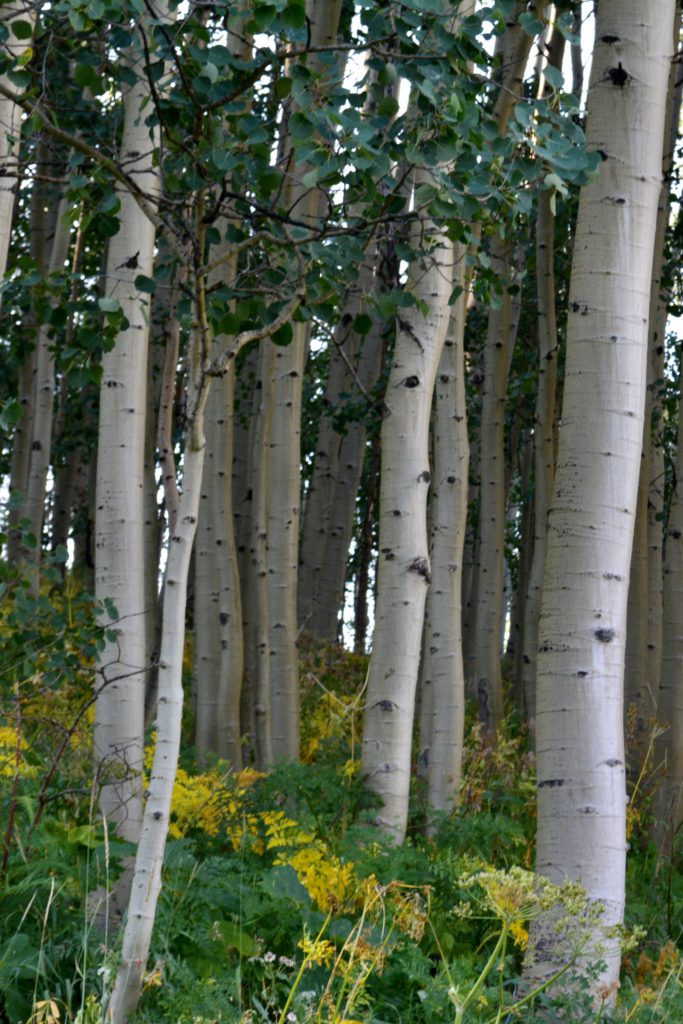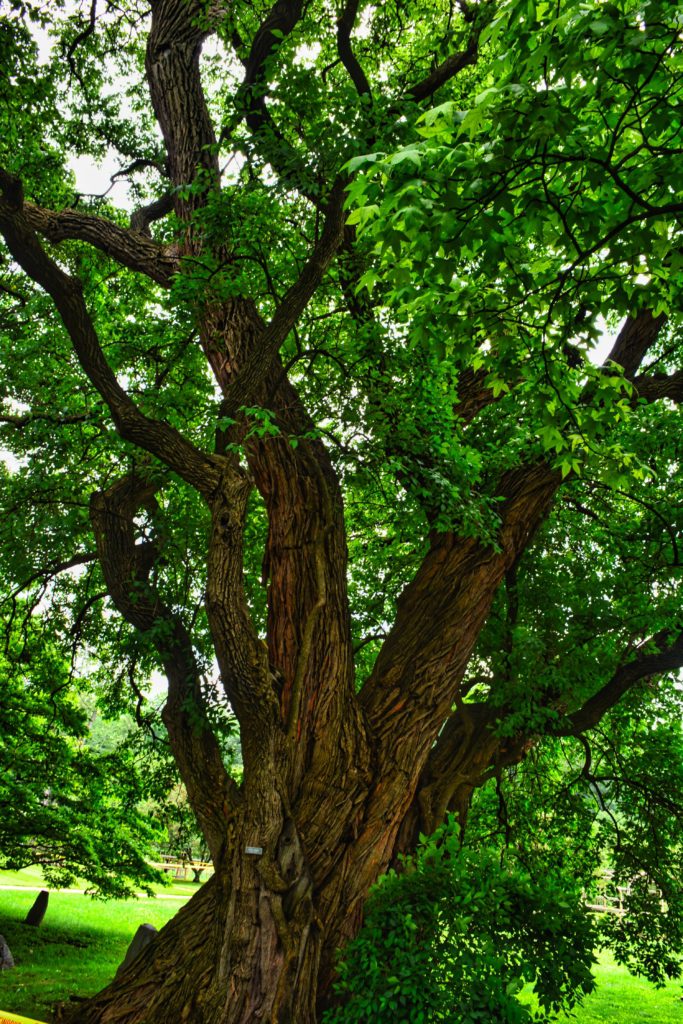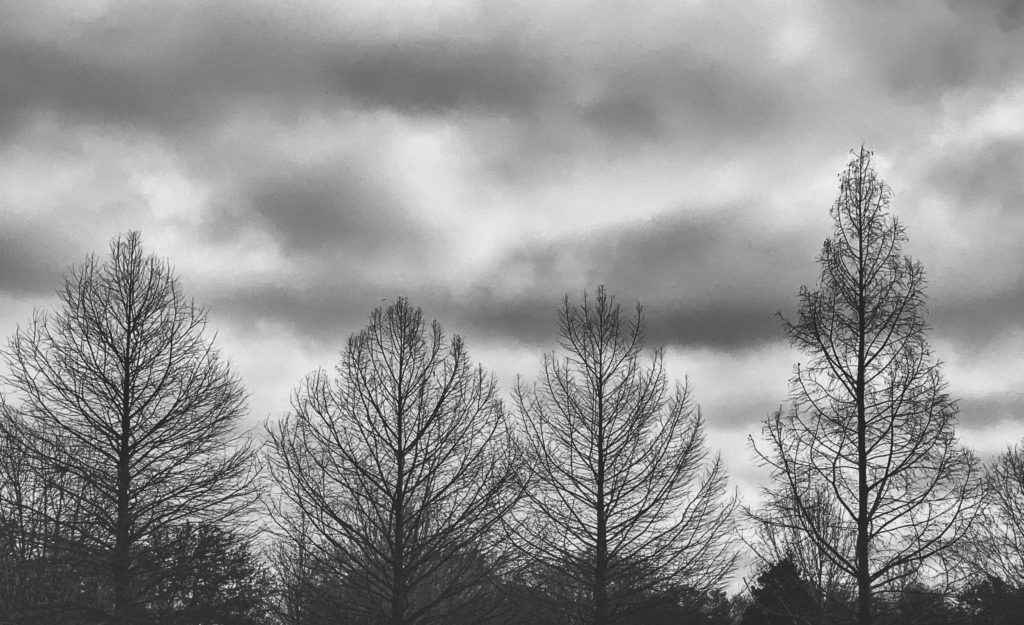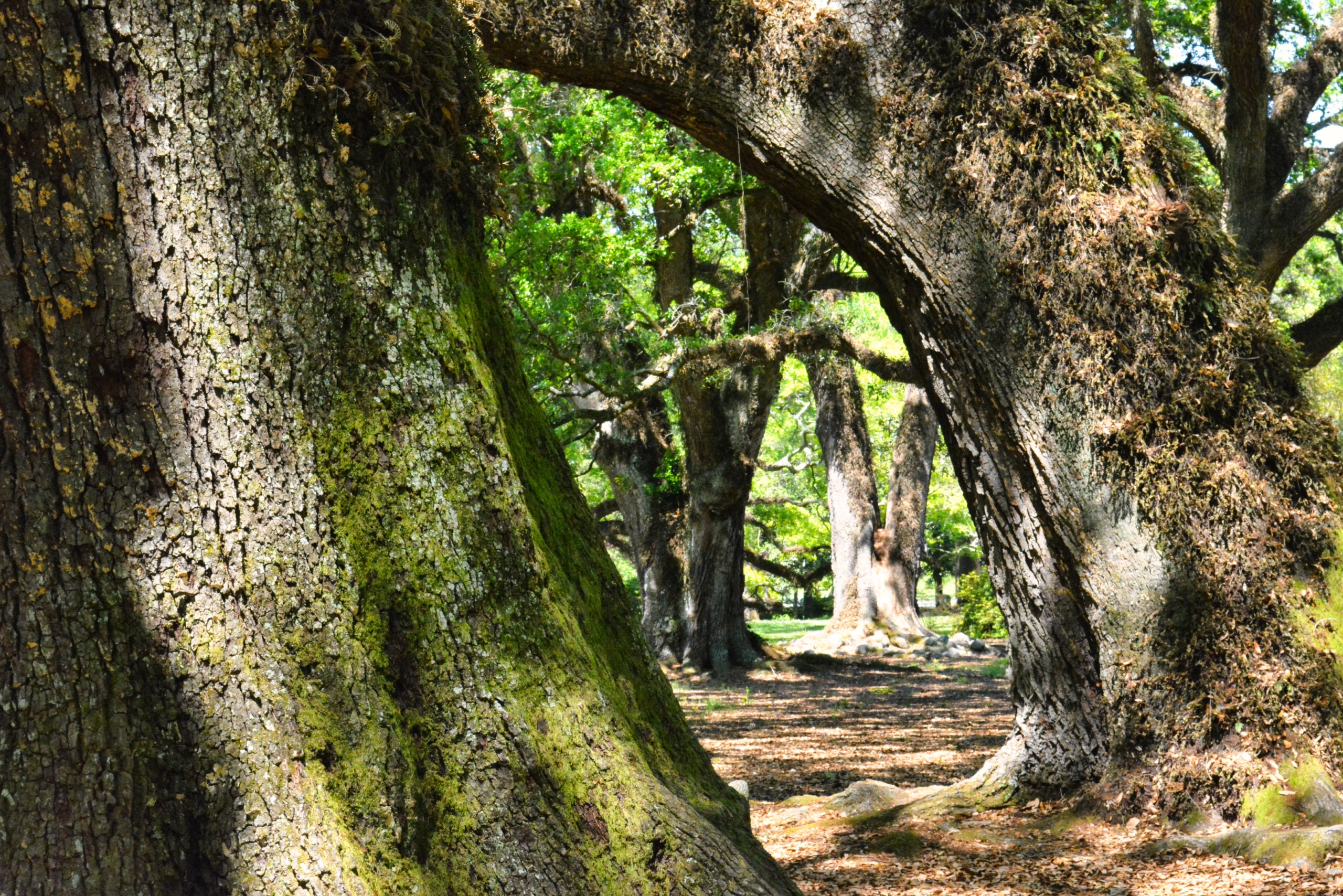We have much to learn from trees.
I have always marveled at how trees can bend nearly to the ground and survive. Living near the Gulf Coast, I’ve watched trees as they brave the fierce winds of a hurricane, their branches arching to the ground. A few limbs may lay broken on the ground when the storm passes, but the tree regains her composure, standing tall in the sun.
In a single lifetime, we often face horrific moments as well as the daily gnawing and eroding of our self-worth and inner strength. What makes the difference between lives that succumb to those stresses and the people who thrive in spite of adversity?
The answer to that question may be as close as the nearest forest. When you at the trees, they seem to stand as individuals, standing close and more at a distance from one another. What secrets do they have for a long and happy life?
The trees share a lesson.
“Trees do not preach learning and precepts. They preach, undeterred by particulars, the ancient law of life.” ― Herman Hesse
My first love of trees didn’t begin with the roots at all, and to tell the truth, I remained oblivious to them most of my life. My husband, our chief gardener and self-made horticulturist gave me insights and a deeper understanding of trees.
 Trees create an intricate and vast network of roots. Aspen trees don’t grow large trunks. In fact, they appear quite frail, clumped together on the side of the mountain. Yet underneath, these trees bind together, creating the strength to withstand snow, ice, and wind.
Trees create an intricate and vast network of roots. Aspen trees don’t grow large trunks. In fact, they appear quite frail, clumped together on the side of the mountain. Yet underneath, these trees bind together, creating the strength to withstand snow, ice, and wind.
What does that teach me?
The Oxford English Dictionary defines “rooted” as established deeply and firmly. But in my well-worn Webster’s Dictionary, I found another variation, “the essential core; heart.” The trees know that to survive they need each other. While strong trunks appear to reflect the tree’s strength, quite the opposite occurs.
When we planted a stand of young trees, I worried about the wind whipping them to and fro one blustery day. The wise gardener informed me that the tree’s ability to sway and move with the wind increased its ability to withstand stronger winds. That flexibility and their roots keep the tree upright.
Stay rooted.
To be rooted is perhaps the most important and least recognized need of the human soul.—Simone Weil
Where are my roots? I look around and find that I have family and friends with whom I have built an intricate network of support. I’ve learned to bend and flex in changing times.
Ambiguity and uncertainty cause discomfort, even fear. As trees dig deep and wide, swaying from side to side, my roots also keep me grounded in the values that build my strength.
We think of these strange times as unique, and indeed they are, to us. I never planned or considered a pandemic as a possibility. That was the stuff of past centuries.
Yet, here we are. As I have observed the world through the lens of media and my observations of the actions and beliefs of those in my community, I am reminded of another lesson from the trees. We can all benefit from staying rooted in what binds us together.
Care for one another.
“We have learned that mother trees recognize and talk with their kin, shaping future generations. In addition, injured trees pass their legacies on to their neighbors, affecting gene regulation, defense chemistry, and resilience in the forest community.” — Peter Wohlleben
Peter Wohlleben (The Hidden Life of Trees) describes how mother trees protect young trees by shading them to slow their growth. The young trees grow stronger protected in this way.
We often think of trees as inanimate and static. We don’t see as we walk through the forest how trees communicate, protect one another, pass on scents, and all the other ways that trees protect their community.
I think of the many times when my community of family, friends, and neighbors celebrated with me, consoled me, or offered wise counsel when I needed it most. The idea of the rugged solitary individual might make for a good storyline, but in real life, like those trees, our greatest strength thrives in community.
Old doesn’t mean useless.
“So, in the case of trees, being old doesn’t mean being weak, bowed, and fragile. Quite the opposite, it means being full of energy and highly productive. This means elders are markedly more productive than young whippersnappers, and when it comes to climate change, they are important allies for human beings.” ― Peter Wohlleben
 When I read Wohlleben’s characteristics of older trees, I shouted, “YES!” I believe our societies underestimate the contribution of our elders, and not just because each year, I edge closer to that category.
When I read Wohlleben’s characteristics of older trees, I shouted, “YES!” I believe our societies underestimate the contribution of our elders, and not just because each year, I edge closer to that category.
My grandmother left us just short of her 100th birthday. She taught me so much about kindness, hard work, and generosity. Side-by-side, she guided my small hands in baking cookies without a recipe. As I grew older, I would listen to her stories and watch her fortitude as she grieved loss after loss.
Old doesn’t mean useless.
“Ancient trees are precious. There is little else on Earth that plays host to such a rich community of life within a single living organism.” — Sir David Attenborough
I will stay rooted.
We all have those moments of doubt, and I am no different. I am learning that nature, Gaia, often provides the wisdom I need—if I’m willing to see and listen. We must listen not just to save ourselves but to save our home, this planet.
Today is a new day
And I will be brave.
With deeply rooted hope,
I’ll keep going anyway.
—Morgan Harper Nichols

And always—
Be kind. Be brave. Be you.
Photos: Kathryn LeRoy


Leave A Comment